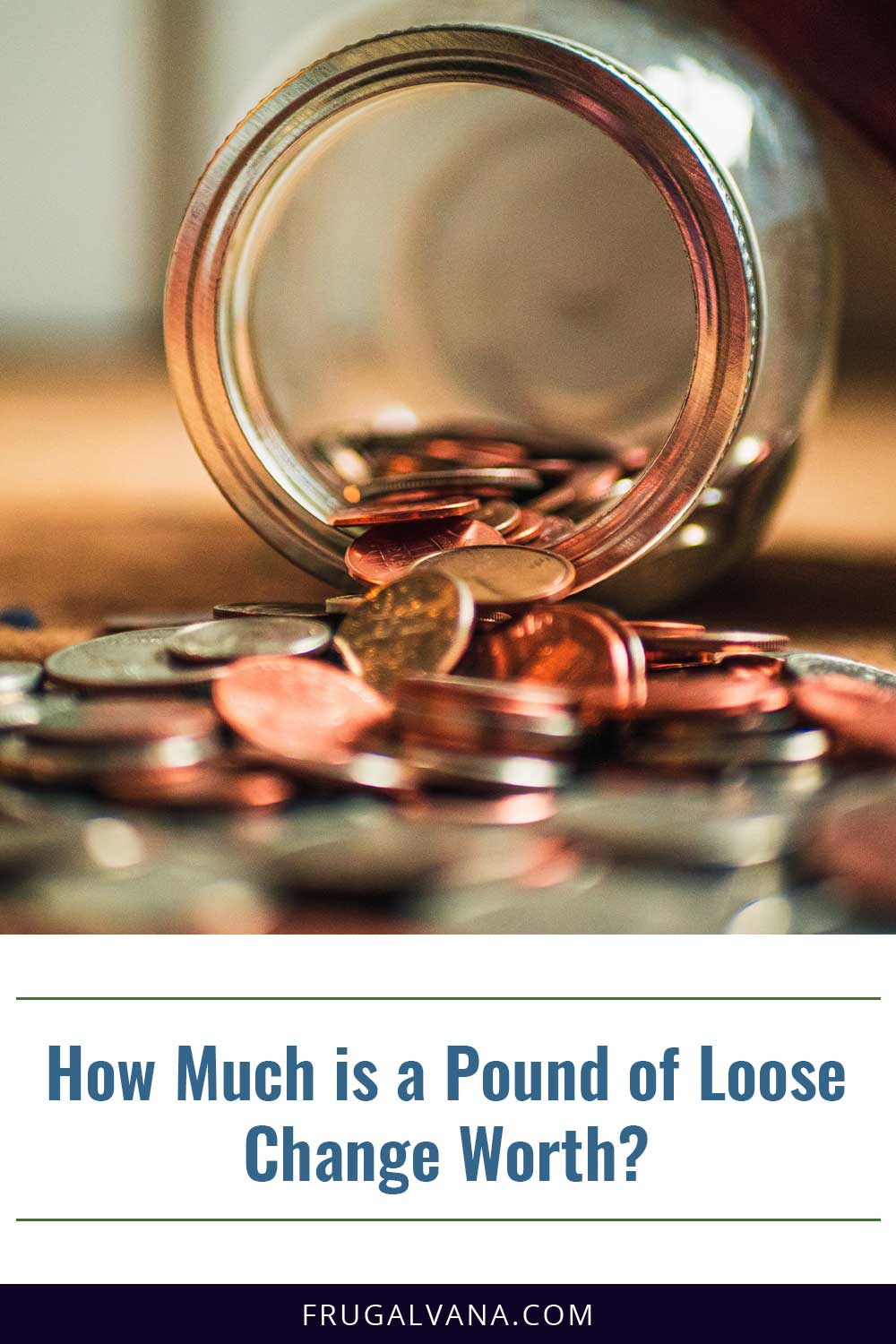We all have that place in our homes where loose change just seems to accumulate. Whether yours is a swear jar, a piggy bank, or an empty can in the cupboard, you likely also have a good amount of coins that you’ve been holding on to.
So you’ve found your stash of change! The question is- begged by our curiosity, our wallets, or the distant ring of the ice cream truck approaching- how much is actually in that stash? Read on to discover simple ways to figure out the amount you’ve got sitting on your shelf.
Can You Estimate It?
It’s possible to vaguely gauge your loose change’s value based on certain factors, such as the composition of coins in your stash. One simple way to guess the value of your change is to determine which kinds of coins make up the majority of the mix of change.
For example, if your stash is largely full of pennies, your collection of change will likely be less valuable than a stash of mostly larger coins.
However, this is a very rudimentary estimate; to get an accurate calculation, you’ll need to know the weights of each respective class of coin.
What is the Quickest Way to Count it?
The quickest way to count up change exactly is to stack the coins in stacks that each equal a dollar; then, you can easily count the amount of your change from there. Additionally, there are several online coin calculators available.
To use an online coin calculator, you will need the weight of your loose change and the number of each type of coin in the stash.
A Pound of Which Is Worth More: Dimes or Quarters?
The heading for this section may seem like a trick question. After all, a quarter is worth more. However, upon further calculations, you’ll be surprised to learn that the answer to this question is a bit more complicated.
The weight of a dime is a little over 2 grams, and a pound of dimes contains approximately 200 dimes; therefore, a pound of dimes would be valued at about $20.
On the other hand, the weight of a quarter is just over five and a half grams, and a pound of quarters contains approximately 80 quarters; therefore, a pound of quarters would also be valued at about $20.
While it will seem simple enough at first, counting change by poundage can become a little complicated. One needs to consider the mix of change and the weight of each type of coin to properly estimate the value of loose change.
How Much is a Jar of Change Worth?
This question is subjective because each jar of change differs by several factors: the jar’s size, the composition of the coins, etc. In order to quickly assess the value of your change jar, you might start by weighing the jar as a whole.
Once you’ve weighed the jar, you can next count out the amounts of quarters, dimes, nickels, and pennies in the jar. From there, you can divide the jar’s total weight (subtracting the jar’s weight when it’s empty) by the values of the different coins and their weights.
How Much Does $50 in Change Weigh?
We have discussed extensively the differences between the types of coins and how to use this information to estimate the value of different amounts of change.
For example, in order to calculate the weight of $50 in change, you would have to count the amounts of each type of coin in the mix.
For the purposes of this article, we have calculated the weights of four different (hypothetical) sacks of change; each equals $50 but is composed entirely of either pennies, nickels, dimes, or quarters.
A collection of pennies amounting to $50 would weigh over 27 pounds. A collection of nickels amounting to $50 would weigh 11 pounds.
A collection of dimes, amounting to $50, would weigh about two and a half pounds, and A collection of quarters, amounting to $50, would weigh over 2 pounds.
Final Thoughts on How Much is a Pound of Loose Change Worth
We all have that stubborn change fund. It keeps building; today, you’ve found the motivation to count it up. Whether you use the weights or count the money out by hand, you have a few alternatives for estimating its value that don’t require heading to the bank. Happy counting!

